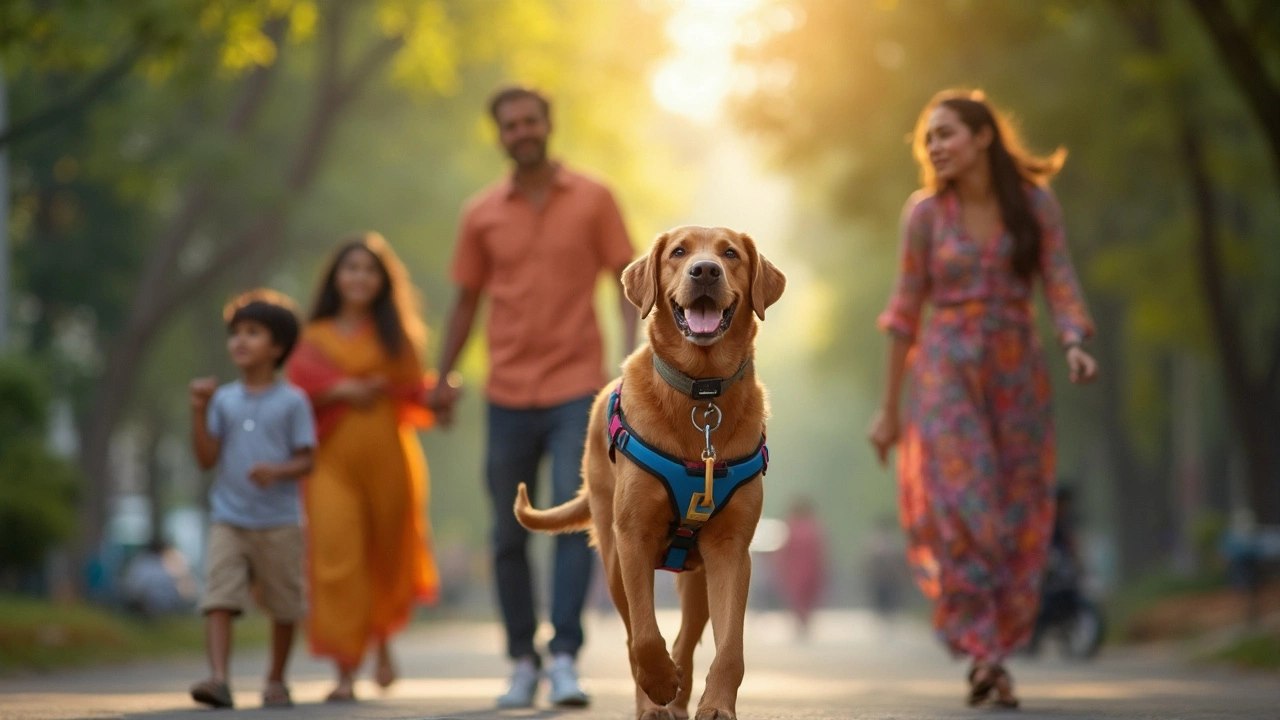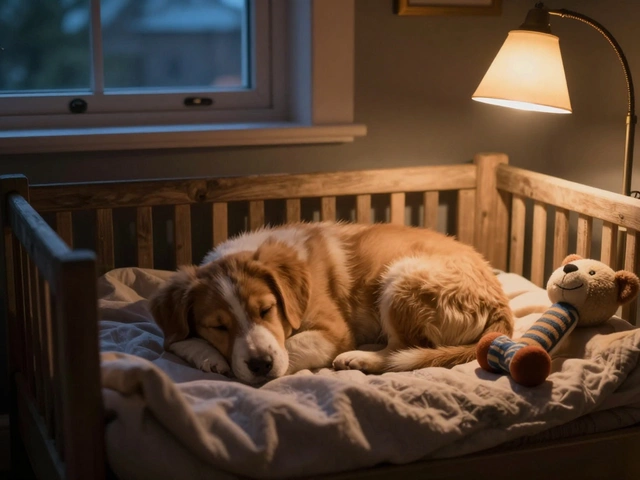Walking Gear Essentials: Collars, Harnesses, Leashes & More
If you’ve ever wondered whether a plain collar is enough for a stroll, you’re not alone. The right walking gear can stop a tug-of-war, protect your pup’s neck, and make walks enjoyable for both of you. Below we break down the basics so you can pick gear that fits your dog’s size, personality, and your daily routine.
Collar vs Harness: Which Is Safer?
A collar is simple, cheap, and works fine for dogs that walk calmly on a leash. But if your dog pulls hard, the pressure lands on the neck and can hurt the trachea or spine. A well‑fitted harness spreads the force across the chest and shoulders, cutting down the risk of injury.
Here’s a quick test: slide two fingers under the collar. If it feels snug but still lets you fit those fingers, it’s tight enough to stay on and loose enough to be comfortable. For a harness, the strap should be snug around the chest—tight enough that you can’t slip a hand between the strap and body, but not so tight it restricts breathing.
Many owners start with a collar for ID tags and switch to a harness for daily walks. If you’re unsure, try a no‑pull front‑clip harness. It gives you control without choking your dog and encourages better walking habits.
Leash Choices and How to Use Them
Leashes come in three main types: standard 4‑6 foot nylon, retractable cords, and hands‑free bungee ropes. The classic nylon leash is the most reliable—steady length, no surprises, and easy to grip. Retractables sound cool, but they can encourage pulling and make sudden stops dangerous.
Hands‑free leashes are great for joggers or when you need both hands free, but they work best with a well‑behaved dog that doesn’t lunge. Whatever you pick, check the clip. A sturdy metal hook prevents breakage, while a quick‑release buckle makes attaching tags a breeze.
When you first use new gear, walk around your yard or a quiet street. Let your dog get used to the feel of the harness or leash, and reward calm walking with treats or praise. If your pup pulls, stop walking, wait for a loose leash, then continue. Consistency teaches them that pulling doesn’t get them forward.
Beyond the basics, consider a reflective vest for low‑light walks, a poop‑bag dispenser attached to the leash, and a small water bottle for hot days. These accessories keep you prepared without adding bulk.
In short, the safest walking gear matches your dog’s size, walking style, and your comfort level. Start with a well‑fitted collar for ID, add a front‑clip harness if pulling is an issue, and stick to a sturdy nylon leash for everyday use. Upgrade with reflective gear or a hands‑free strap when the situation calls for it, and you’ll enjoy calm, safe walks every time.

Can a Dog Wear a Collar and a Harness at the Same Time?
Ever wondered if you can keep a collar and harness on your dog at the same time? This article cuts through myths and confusion, spelling out when and how to use both safely. Get tips on comfort, safety, and training, plus advice for choosing the right gear. You'll learn what works for walks, IDs, and daily life. Perfect for anyone who wants to keep their dog safe and comfy.
read more



